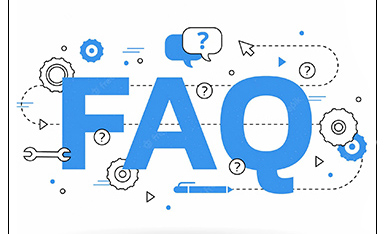 English
English-
 Español
Español
-
 Português
Português
-
 Portugiesisch
Portugiesisch
-
 Français
Français
-
 日本語
日本語
-
 Български
Български
-
 한국어
한국어
-
 Türkçe
Türkçe
-
 Nederlands
Nederlands
-
 English
English
-
 Eesti
Eesti
-
 Suomi
Suomi
-
 বাঙ্গালি
বাঙ্গালি
-
 беларуская
беларуская
-
 Ελληνικά
Ελληνικά
-
 Kreyòl ayisyen
Kreyòl ayisyen
-
 עִברִית
עִברִית
-
 हिन्दी
हिन्दी
-
 Magyar
Magyar
-
 íslenskur
íslenskur
-
 Gaeilge
Gaeilge
-
 italiano
italiano
-
 Hrvatski
Hrvatski
-
 Latinus
Latinus
-
 latviski
latviski
-
 Melayu
Melayu
-
 Malti
Malti
-
 Монгол
Монгол
-
 မြန်မာ
မြန်မာ
-
 فارسی
فارسی
-
 Polski
Polski
-
 عربي
عربي
-
 Română
Română
-
 русский
русский
-
 slovenský
slovenský
-
 Slovenščina
Slovenščina
-
 Afrikaans
Afrikaans
-
 svenska
svenska
-
 dansk
dansk
-
 український
український
-
 o'zbek
o'zbek
-
 Cymraeg
Cymraeg
-
Zulu
-
 Tiếng Việt
Tiếng Việt
-
 bosanski
bosanski
-
 Deutsch
Deutsch
-
 eesti keel
eesti keel
-
 ไทย
ไทย
- How on earth is QR code recognized? How does the black and white cube store data?
- The co-inventor of the bar code has died, He's the one who changed the round size into zebra print
- Is the IP protection level of the bar code scanning gun as high as possible?
- Choose and buy Industrial bar code scanner, stable use is more critical
How on earth is QR code recognized? How does the black and white cube store data?
Fri Jan 06 09:24:36 CST 2023
What is a QR code?
Quick Response Code, short for QR code. Originally invented by a Japanese company, it was approved for standardization by the international standardization organization ISO. The two-dimensional code is stronger than the barcode data representation ability and stronger error correction ability. So, to put it simply, two-dimensional code is a kind of coding, we want to pass the data to be encoded and converted into another form of presentation.
Version of QR code
The QR code has 40 sizes. The official name is Version. Version 1 is the 21 x 21 matrix, Version 2 is the 25 x 25 matrix, and Version 3 is the size of 29. Each additional Version increases the size of 4.
The formula is: (V-1)*4 + 21 (V is the version number)
The highest Version 40, (40-1)*4+21 = 177, so the largest is 177 x 177 square. Each version has a maximum capacity, depending on the mode used and the level of error correction.
Maximum capacity of QR code (under Version 40-L, L is the lowest error correction level)
The number is encoded in 7089 characters
Character encoding 4296 characters
Byte encoding 2953 characters
The Japanese code consists of 1817 characters



